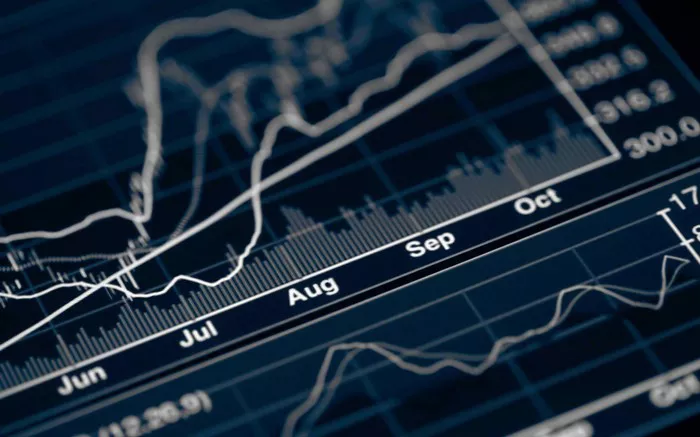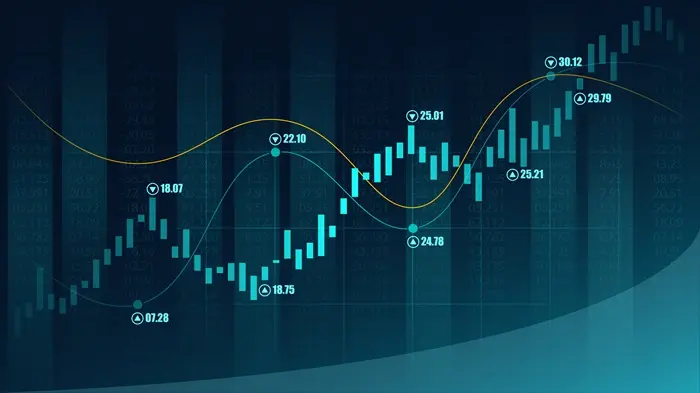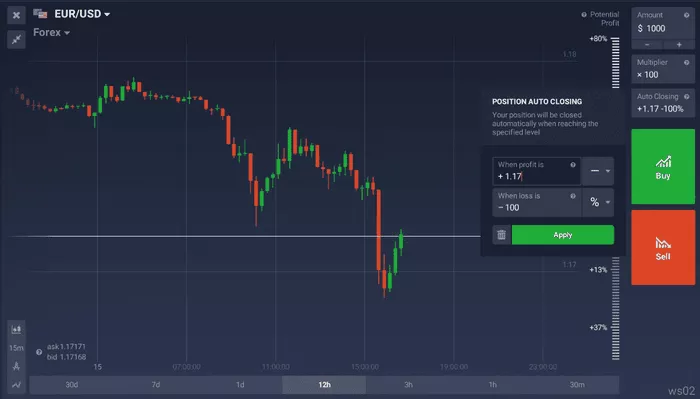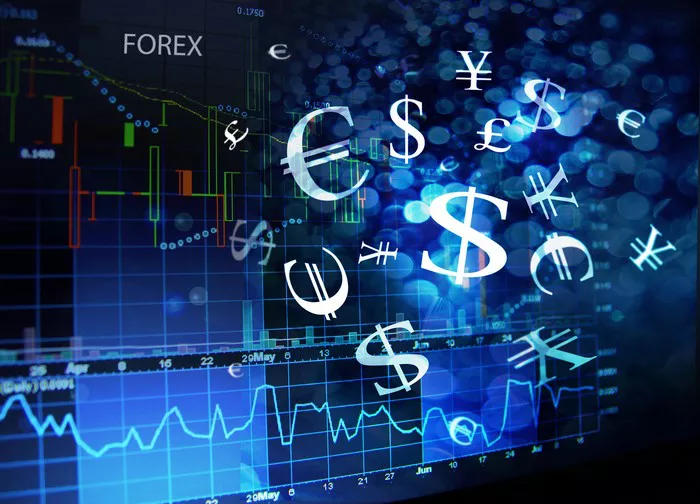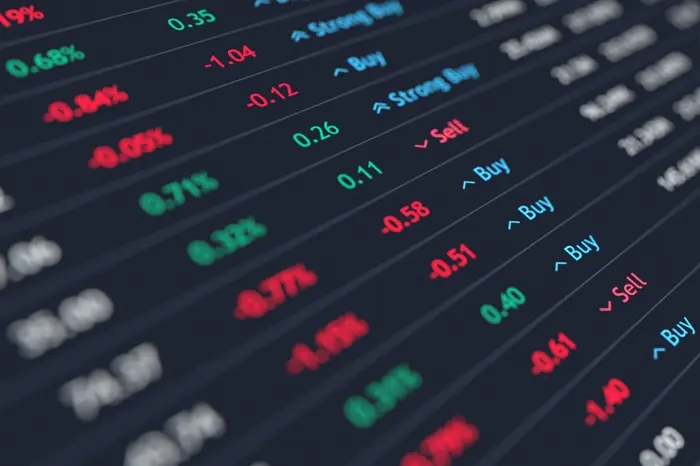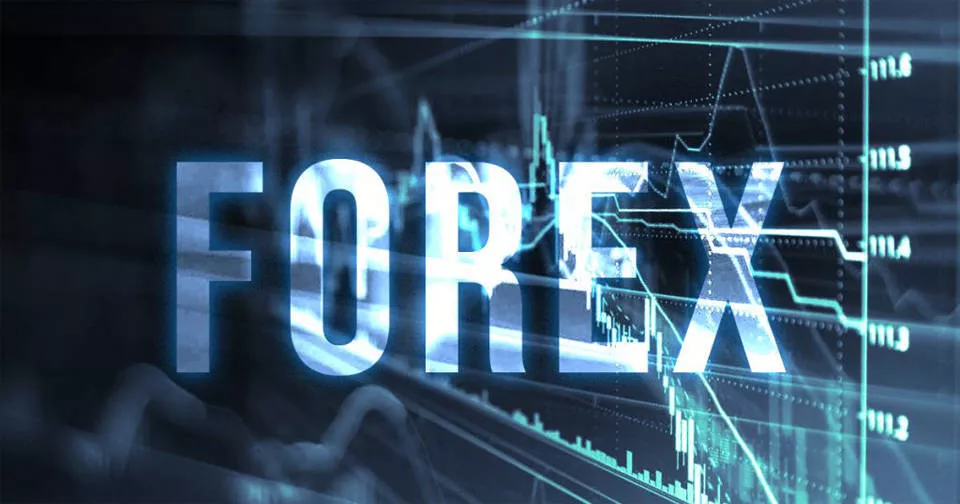In the world of finance, checks have long been a trusted method of transferring money and settling payments. Among the various types of checks available, a USD check is specifically a check drawn in U.S. dollars. While the concept of a check might seem traditional, it remains a vital part of both personal and business transactions. This article will explore what a USD check is, how it works, and its significance in the modern financial landscape.
Understanding the Basics of a Check
Before diving into the specifics of a USD check, it’s important to understand what a check is in general.
A check is a written order from one person (the “drawer”) to a bank, directing the bank to pay a specific amount of money to another person or organization (the “payee”). The drawer must have sufficient funds in their account to cover the amount specified in the check.
Checks are still a popular form of payment in many countries, despite the growing use of digital payment methods. A USD check, in particular, is a check denominated in U.S. dollars, making it the most commonly used check in the United States and in international transactions involving U.S. currency.
Key Features of a USD Check
A USD check is similar to any other check, but it has some unique characteristics tied to the U.S. dollar. Here’s a breakdown of its key features:
1. The Currency
The most distinguishing feature of a USD check is that it is drawn in U.S. dollars. This means that the payment specified on the check will be made in USD, regardless of where the check is presented or the location of the payer and payee.
2. The Drawer
The person or entity writing the check, known as the drawer, must have a bank account with sufficient funds to cover the check’s value. The drawer’s bank will verify this when the check is presented for payment.
3. The Payee
The payee is the person or business to whom the USD check is made out. The payee can cash or deposit the check once it has been signed by the drawer.
4. The Bank’s Role
When a check is presented for payment, the bank of the drawer (the “drawee bank”) is responsible for verifying the check’s authenticity and ensuring that there are sufficient funds in the drawer’s account. The bank will then pay the amount specified on the check to the payee’s bank.
5. The Amount
The amount of the check is specified both in numeric form (e.g., “$1,000.00”) and in written words (e.g., “One thousand dollars”). This is to prevent alterations or discrepancies in the check amount.
6. The Routing and Account Numbers
A USD check also includes a routing number and an account number. The routing number identifies the bank where the account is held, while the account number identifies the specific account from which the funds will be withdrawn.
7. The Signature
The drawer must sign the check to authorize the payment. Without the signature, the check is not valid.
How Does a USD Check Work?
A USD check functions in much the same way as any other check, but there are a few things specific to USD checks that are important to understand.
Step 1: Writing the Check
To initiate the payment, the drawer writes a check specifying the payee’s name, the amount to be paid (in U.S. dollars), and the drawer’s bank account details. The check must be signed by the drawer to be considered valid.
Step 2: Presenting the Check
Once the check is written, the payee presents it to their own bank for processing. This could be a physical deposit at the bank or an electronic deposit if the bank supports mobile check deposits.
Step 3: Verifying Funds
The payee’s bank sends the check to the drawer’s bank (known as the drawee bank) for verification. The drawee bank checks the drawer’s account to ensure there are sufficient funds to cover the check.
Step 4: Clearing and Settlement
Once the drawee bank confirms the funds, the check is cleared and the payment is made. The payee’s bank will credit the amount of the check to the payee’s account, and the drawer’s bank will debit the equivalent amount from the drawer’s account.
Step 5: Availability of Funds
The time it takes for the funds to be available depends on various factors, including the banks involved, the location of the transaction, and the check’s size. Typically, a check takes between one and five business days to clear, though there are faster options for check processing in some cases.
Types of USD Checks
USD checks can be categorized into different types depending on the purpose of the payment or the parties involved. Some of the most common types include:
1. Personal Checks
These are checks issued by individuals from their personal checking accounts. Personal checks are commonly used for everyday payments like paying bills, rent, or making purchases.
2. Business Checks
Issued by companies from their business accounts, business checks are used for payments related to business transactions, such as paying vendors, suppliers, and employees.
3. Cashier’s Checks
A cashier’s check is issued by a bank, and the bank guarantees the funds. This type of check is often used for large transactions where the recipient requires more security than a personal check can offer. Cashier’s checks are commonly used in real estate transactions.
4. Certified Checks
A certified check is a personal check that the bank guarantees by verifying that the funds are available in the drawer’s account. The bank stamps or marks the check to certify that it is good for the specified amount.
5. Money Orders
A money order is similar to a check but is prepaid. The buyer pays for the amount upfront, and the issuer (usually a post office or financial institution) guarantees the payment. Money orders are often used for international transactions.
Benefits of Using USD Checks
Despite the rise of digital payment methods, USD checks remain an essential part of the financial system. Here are some of the key benefits of using a USD check:
1. Security
A check provides a secure method of transferring funds. Since checks require signatures, they offer protection against unauthorized access. Additionally, checks can be cancelled if lost or stolen, providing further security to the drawer.
2. Record Keeping
USD checks serve as a record of payment. Both the drawer and the payee can keep a copy of the check for their financial records. This is especially important for businesses that need to track payments and expenditures.
3. Accessibility
Checks are widely accepted, and their use is not limited by geography. USD checks can be used both domestically and internationally, making them an effective tool for global transactions.
4. No Transaction Fees
Unlike electronic transfers or credit card payments, checks typically do not carry transaction fees, making them a cost-effective option for individuals and businesses.
Risks and Drawbacks of USD Checks
While checks offer many benefits, there are also risks and drawbacks to using them. These include:
1. Fraud Risk
Checks are susceptible to fraud, such as check forgery or alterations. While security features like watermarks and check numbers can help mitigate these risks, fraud is still a concern.
2. Slower Processing Times
Unlike instant electronic transfers, checks take several days to process. This delay can be inconvenient, particularly for time-sensitive transactions.
3. Insufficient Funds
If the drawer does not have enough funds in their account to cover the check, it will “bounce.” This can result in fees for both the drawer and the payee and may damage the financial reputation of the drawer.
4. Declining Popularity
With the rise of digital payment systems like bank transfers, mobile payments, and credit card transactions, the use of checks has declined. Many businesses and individuals now prefer faster and more convenient payment methods.
How USD Checks Are Used Globally
While the USD is primarily used within the United States, USD checks can also be used in international transactions, particularly when the parties involved prefer to deal in U.S. dollars. This is common in countries with economies that are closely tied to the U.S. dollar or in situations where the payee and drawer wish to avoid exchange rate fluctuations.
USD Checks in International Trade
In global trade, USD is the most widely used currency for settling transactions. USD checks are commonly used in contracts between international buyers and sellers when both parties agree to transact in U.S. dollars. This helps avoid issues related to exchange rate volatility and allows businesses to operate more efficiently.
Conclusion
A USD check is a critical component of the financial world, offering a secure and reliable method of payment both domestically and internationally. While the use of checks has declined in favor of digital payments, they continue to provide a unique set of benefits, such as security, record keeping, and accessibility.
Understanding how USD checks work, their types, and the benefits and drawbacks of using them can help individuals and businesses make more informed decisions about their payment methods. Whether you’re using a check for personal expenses or handling large business transactions, USD checks remain an important tool in the financial landscape.
Related topics:



